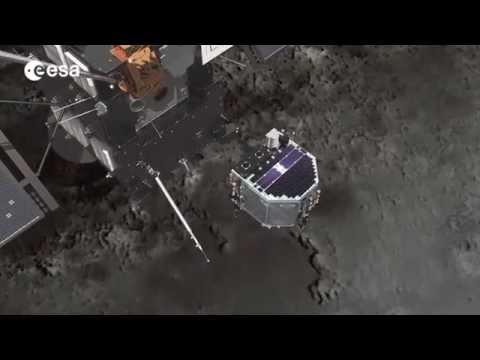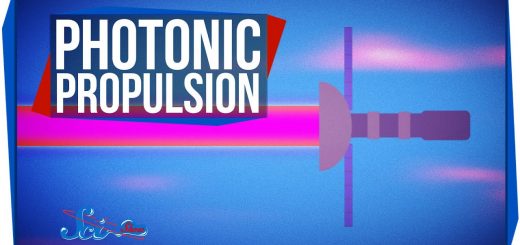Behind the Spacecraft: NASA’s DART, the Double Asteroid Redirection Test
In case there was an asteroid coming towards Earth and you’re there. You can actually stop it. I mean, that’s kind of fantastic. NASA is crashing a spacecraft into an asteroid. What? You think science fiction. But this is real. Never in my life would I have thought I would take a couple hundred million dollar spacecraft and crash it into an asteroid. My name is Michelle Chen. I’m Elena Adams. My name is Kelly Fast. I’m Andy Rivkin. I’m Justyna Surowiec and I help tell the story of the DART mission. I’m a planetary defender. And I study how the orbits of asteroids change after we hit them with spacecraft. My job is primarily to make sure all the systems on the spacecraft work together. The DART mission is NASA’s first test of a planetary defense technique called the kinetic impactor. DART is the Double Asteroid Redirection Test. It’s just a spacecraft that is going to go and smack an asteroid, the moonlet Dimorphos which orbits the asteroid Didymos, and see if we can change its trajectory just a little bit. in order to show that we can deflect incoming asteroids if we need to. DART will only be changing the period of the orbit of Dimorphos by a tiny amount. But in space, just a little bit is just enough to make an asteroid actually miss us in the event that an asteroid is discovered well ahead of time before it might impact Earth. Behind me, you see the spacecraft. It’s really cool to see it coming together in real life. It is fantastic to see it in real life. To see it turn from ideas into real pieces that are going to go into space. The solar arrays will actually roll out to 28 feet in length. Once the solar arrays are deployed, it’s going to be the size of a school bus. As the solar array opens out, it’s going to swing out in this direction. The asteroid’s only two football fields in size. We’re flying at over six kilometers a second. Thirty days out, we see one pixel on our field of view. You can see Didymos and Dimorphos as one point of light. About four hours out, our spacecraft becomes autonomous. And then that’s where everything gets really exciting. And you actually are seeing impact. We’re super excited and nervous as well. I feel really honored and humbled to be working in an area of science that has such a broader impact, you know figuratively and literally. Go DART! The dinosaurs are made completely extinct by an asteroid impact so many years ago. Here we are. We can actually do something about it. I think this is just wonderful. NASA













